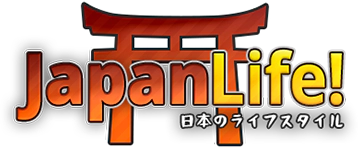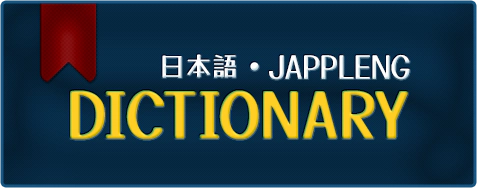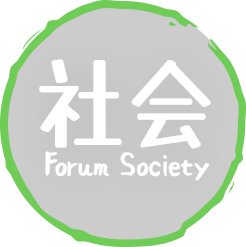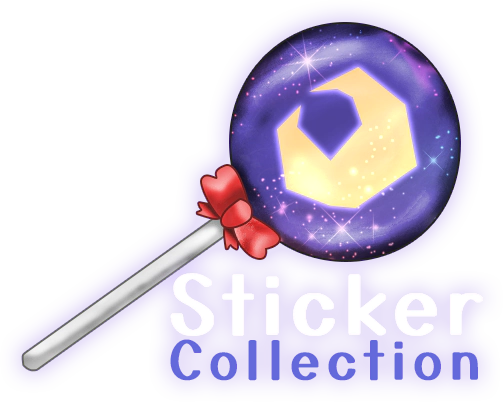No overview was provided for this lesson.
[headerlesson]Getting started with this
lesson[/headerlesson]Previously we’ve learned the history of kanji
and how it came to be. While it’s not crucial at this point to know
the specifics or dates when events occurred, it is certainly
refreshing to know a good foundation to a new written language. In
this lesson, we will be learning about two different kanji
readings, stroke orders, and general rules to learning kanji. We
will be using kanji in the next lesson, hence why this lesson is
very important. Let’s begin! [headerlesson]The two types of
reading: On’Youmi and Kun’Youmi[/headerlesson]Japanese kanji has
two types of reading for many of its kanji and they are called
[cclass=documentKeyword]On’Youmi[/cclass] and
[cclass=documentKeyword]Kun’Youmi[/cclass]. As briefly mentioned in
the previous lesson “History of Kanji”, we learned that there were
Chinese readings and something had to be done to make Chinese
usable with Japanese. This was when Kun’Youmi reading came to be.
Please do not confuse Kun’Youmi as its own set of pronunciation; it
is in fact its own meaning and will be explained in just a moment.
On’Youmi is the original Chinese meaning and literally translates
itself to “sound reading” whereas Kun’Youmi’s translation is
“meaning”. Japanese needed to have its own meaning because its
language couldn’t always just fit on a single kanji, which as you
may have imagined lead to the development of hiragana. This is the
distinctive part where you know when to use Kun’Youmi reading, when
hiragana is attached to kanji. [bonusinfo]Ironically, the Japanese
did not properly know the pronunciation of the Chinese words so in
a way, the Chinese pronunciation is similar to how Mexican Spanish
differs from Spain Spanish or Canadian French differs from France,
French.[/bonusinfo] There are many different meanings for each
Kanji and it would be rather silly to sit and memorize every single
meaning upon introduction. Instead, [b]focus on the context of the
kanji you are learning it for[/b]. The more you read and write
kanji, the more you’ll become exposed to the different kanji
meanings. This is an important step to learning Kanji well and to
keep your study hours significantly less than it could be. For
instance, when you hear of a new word in English, how long does it
take you to understand this new word in context? It’s virtually
instant and the same applies with new meanings to kanji when you
become much more proficient at it. [headerlesson]Stroke order for
Japanese kanji[/headerlesson]Stroke order is very important like
any other part about the Japanese written language, and without
proper stroke order, your kanji will not look correct. A good
fundamental in stroke order may be important, however do not stress
over memorizing which stroke goes where in what order for each
individual kanji. We do not encourage ‘sloppy’ or ‘painted’ kanji,
however remembering the stroke order of a 14 stroke kanji instead
of getting accustomed to the rules requires a lot of time that
could be spent learning other things. There are of course exception
to the rules, therefore notice the stroke order, and if it differs
from the norm, memorize it but if it doesn’t, you’ll already
understand the stroke order. The first rule to learn is Top to
Bottom, Left to Right. Horizontal strokes go left to right, and
vertical strokes go top to bottom. Let's take a look at some
examples.
[img]/application/assets/Media/Education/JPLearn/lesson8/kanji-stroke-left-to-right.png[/img][align=center]Left
to right[/align]
[img]/application/assets/Media/Education/JPLearn/lesson8/kanji-stroke-order-top-to-bottom.png[/img][align=center]Top
to bottom[/align] How many strokes would you think it would take to
make a box? In Japanese, it’s three. Let’s take a look:
[img]/application/assets/Media/Education/JPLearn/lesson8/kanji-stroke-order-box.png[/img]You
begin with a vertical stroke from the top left to the bottom left,
then add another stroke from the top left corner and bend around
the corner 90º. To complete the box meet the first line with the
second line from Left to Right and the box is complete. As you can
see, we used the rules Left to Right, Top to Bottom. In future
lessons when we learn more about Kanji, we will discover more
rules. However, due to the nature of our accelerated curriculum, it
would be too confusing to add all of those rules together in one
lesson. [headerlesson]Kanji radicals[/headerlesson]There is an
unfortunate plague in Japanese lessons around the world these days,
and it’s the forgotten world of [cclass=documentKeyword]Kanji
radicals[/cclass]. Time after time, students learn Kanji the hard
way through strict memorization, little to no stroke rules, and
most importantly they are not introduced to radicals. It’s no
wonder that it takes foreigners typically thousands of hours just
to learn kanji, they don’t know better! Well, I’m here to tell you
that it will not take you thousands of hours using our methods. You
are not a child in Japan, you are not a baby learning a new
language, you are a foreigner learning Japanese and likely in your
teens or an adult. You can handle radicals and we know this because
you’re super smart for registering an account with us *smiles*.
However, this is not a time to learn the radicals because there are
over 200 of them, many of which are no longer used in modern
Japanese so don’t let that high number discourage you. In this
lesson we will learn what they are, their importance and how they
can make your life with kanji incredibly easy.
[cclass=documentKeyword]Bushu[/cclass] (radicals) are the building
blocks of kanji. In contrast, learning Bushu is a lot like learning
root words in English [i](which is unfortunately seldom
taught)[/i]. By learning root words, we can learn English a lot
faster, the same goes with Bushu. It’s important to realize that
Bushu are not words, they are similar to the English Alphabet, for
example: [cclass=documentKeyword]A, B, C, D, E,[/cclass] etc... In
English we combine those letters to make words; in Japanese they do
the same. Wouldn’t it be silly to memorize how English words look
like and their stroke order for each word? Simply by learning
radicals, you make yourself available to just about every kanji.
Say no more to memorizing long, complex kanji because we’ll teach
you the building blocks of kanji so you can learn even the most
complex kanji, quickly. When the time is right, we will be
discussing more about radicals, the different types and tricks to
make learning kanji even easier. [headerlesson]Compound Kanji:
Jukugo[/headerlesson]This is the very last piece of kanji,
[cclass=documentKeyword]Jukugo[/cclass] otherwise known as
compounds. They are the result of combining two kanji together to
make a new meaning. In English we have many compound words, for
instance “straw hat”. We have focus on the word “hat”, but what
kind of hat is it? It’s a straw hat. Kanji can be combined just the
same to make new and more complex words. Jukugo can also have
double meanings, much like “broke” can mean “the glass broke” or “I
am broke” or even “She is a broker”. Let’s take a look at another
example: [i]“Kanji is not hard”[/i], [i]“This rock is hard”[/i],
[i]“I love rock and roll”[/i], [i]“Give me scotch on the
rocks”[/i]. The word rock has many meanings and in kanji, they are
referred to as Jukugo. [headerlesson]Final
Thoughts[/headerlesson]This may have been the most tedious part of
JPLearn! but it is most certainly crucial to understand how
Japanese kanji works. Perhaps you may decide never to learn how to
write kanji, but only to recognize them. This is perfectly fine,
and may be what most students here will do. Computers write kanji
for us, and hand-written letters aren’t common practice these days.
However, if you genuinely want to learn kanji as a hobby or part of
your future profession, we’ll provide all of the tools and
resources around Jappleng and it is certainly a requirement as part
of JPLearn!. When you are ready, please accept and complete your
homework assignment for today, there will be new kana to learn.




























